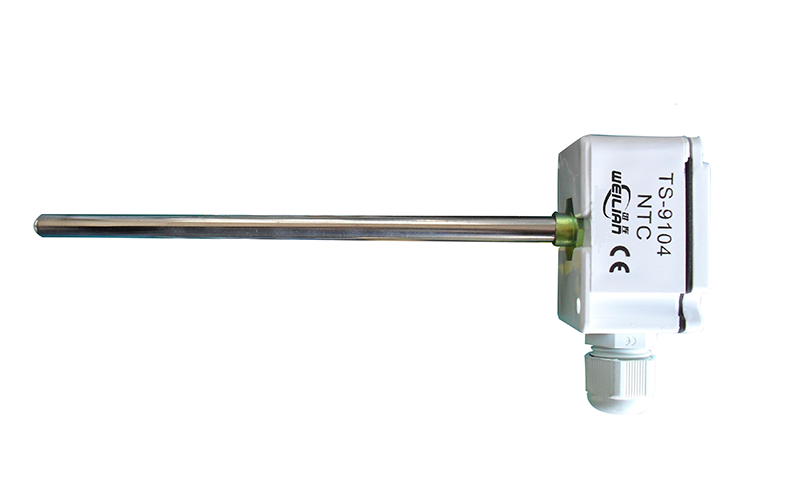
 Select 7 simple steps for RTD temperature sensor
Select 7 simple steps for RTD temperature sensor
When choosing the appropriate platinum resistance thermometer (also known as the RTD temperature sensor, PT100 RTD, and RTD probe), many factors need to be considered.
Customers often come to us with drawings, specifications, photos, or just what they want, we usually take it from there.
By raising several questions, we can usually determine what RTD temperature sensor you want. However, in many cases, our customers can only purchase projects from third -party customers or engineers in the organization.
Alternatively, you may just have a new application that requires measuring temperature, and you have never purchased such products. Again, we can help.
Below we will discuss 7 steps you need to consider to choose the appropriate RTD temperature sensor for your application.
1. Component type
Do you know the type of RTD temperature sensor component type you need? Such as PT100 or PT1000. If not, this is the first thing you need to consider. No matter where you connect the RTD sensor, this is usually determined.
2. Measurement purpose
What are you measured? Is the RTD temperature sensor probe measuring liquid, surface or gas? Does it must be located in a pipe or container or part of the machine or equipment?
3. Environment
What are the aspects of considering? For example, does it need chemical resistance, IP grade, ATEX certification, food use, high vibration?
4. Location
How RTD is fixed to the application, such as; wall -mounted, handheld, outdoor or indoor. Does it need accessories to be fixed?
5. Work scope
(For example, 0-1000 degrees Celsius) This is the main restriction factors when choosing the RTD temperature sensor because it determines the material used in the structure.
6. Physical precautions
What are the requirements for length, diameter and size? Do I need to bend or long?
7. Connection with the application
What device is the RTD temperature sensor connected? Do I need a wiring terminal, connector, wire or transmitter? You also need to know if you need 2 lines, 3 or 4 configurations.

